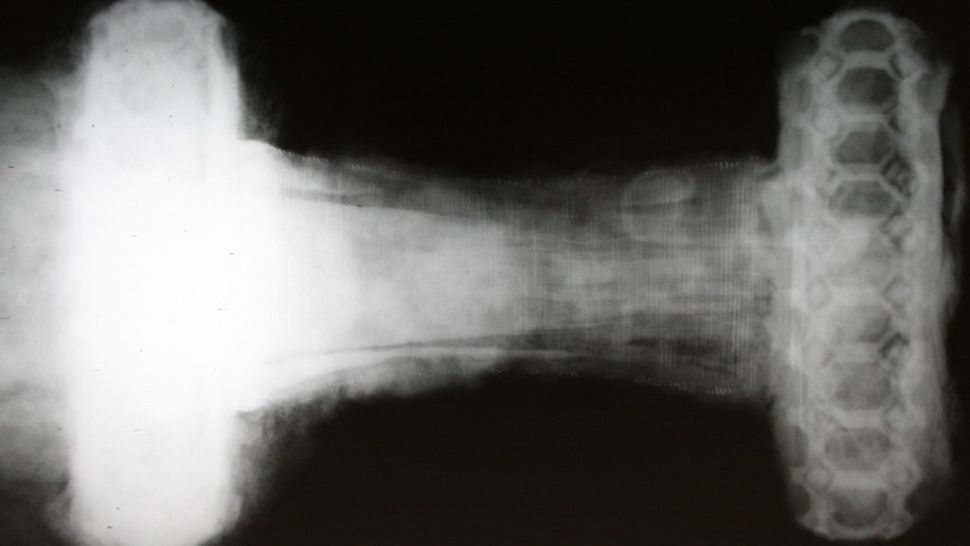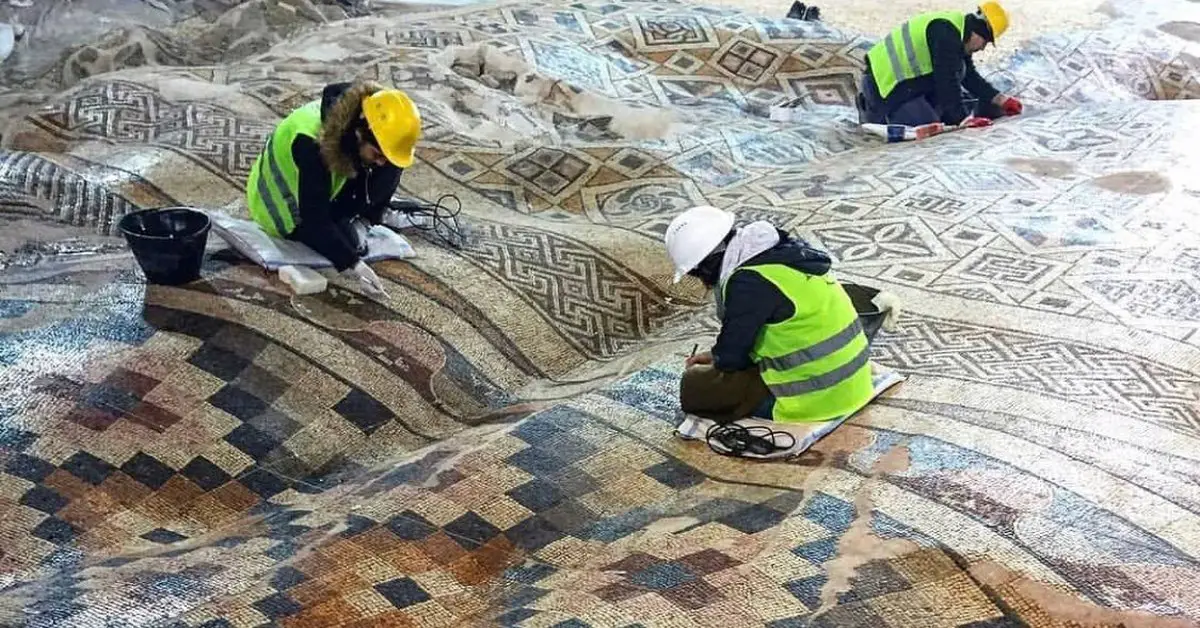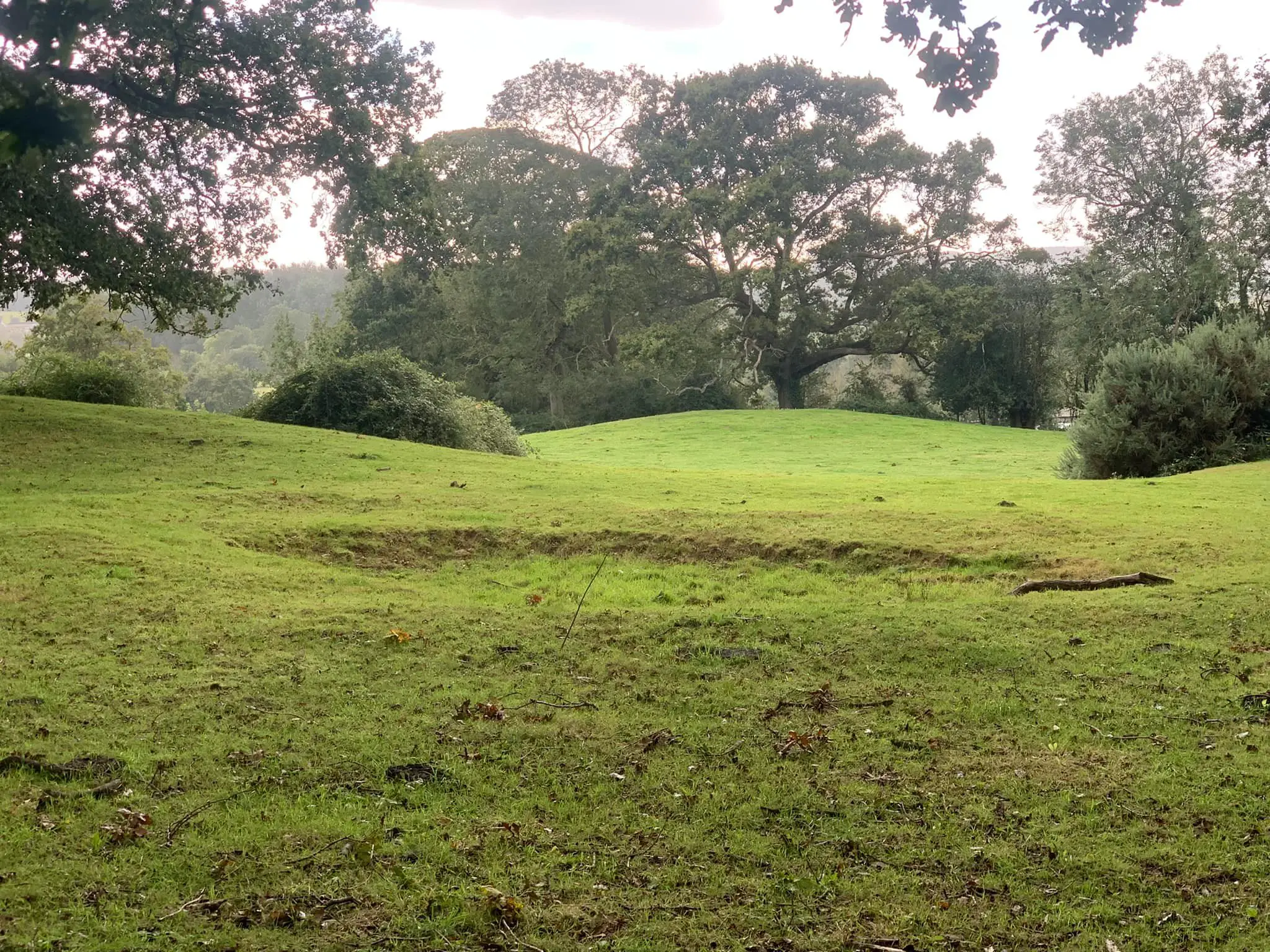The most famous example of the brutal practice of crucifixion is, of course, Jesus Christ, whose grisly death and resurrection is the foundation of the Christian faith.
However, Christ is far from the only person who was nailed to a cross and left to die an agonizingly slow death.
It was a fairly common practice during Roman times, and experts estimate that as many as 150,000 citizens were killed in this manner by the state.
Contents
Not until 337 AD, when Emperor Constantine became a Christian himself, that the method of execution was banned.
For centuries it had been used as punishment for very serious crimes only. Nonetheless the emperor came to realize crucifixion was barbaric and inhumane.
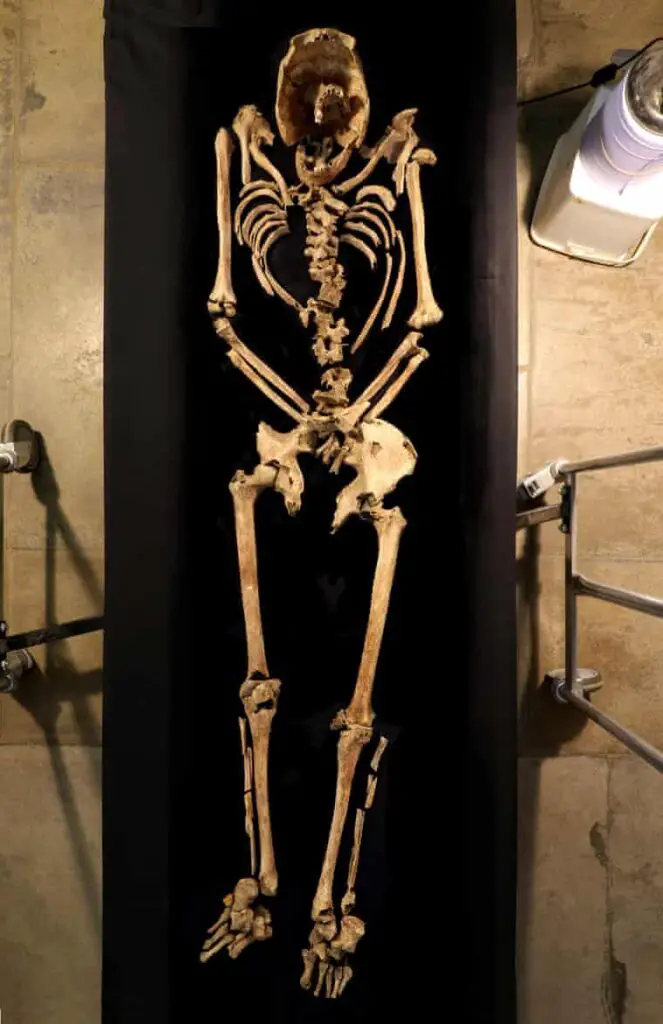
Exceptionally Rare
Documentation about the practice is fairly common, but physical evidence – finding the remains of those who were crucified – has been rare.
Skeletons were found in Egypt and Italy, and another in Jerusalem in 1968. The latter skeleton was broken apart, and though it had a nail in it, because the remains are not complete it is not considered to be a valid example of crucifixion by archaeologists.
It was not until 2017 that one was found in the United Kingdom, finally proving that it was used in northern Europe too.
A man’s skeleton, roughly 25 to 35 years old, was found in Fenstanton, Cambridgeshire, by Albion Archaeology, previously known as the Bedfordshire County Archaeology Service. The skeleton was and sent to Cambridge University for tests.
Died between 130 and 337 AD
Carbon dating proved the man likely died between 130 and 337 AD., making the remains approximately 1,900 years old. He had a large nail driven through his heel, though he was crucified on something called a bier, not a cross. A bier is simply a large, plain, rectangular piece of wood.
The discovery was made during an archaeological dig that has found 48 old graves, some ceramics, and even a decorative brooch in the shape of a horse and rider. But it is the heel with the nail through it that has caused the greatest stir.
According to the lead archaeologist on the project, David Ingham, the find is of major significance. “You just don’t find this. We have written evidence (of crucifixion) but we almost never find physical evidence,” he told the press.
Physical proof may be difficult to come by because once the victims were dead, their bodies were simply dumped in ditches or open pits.
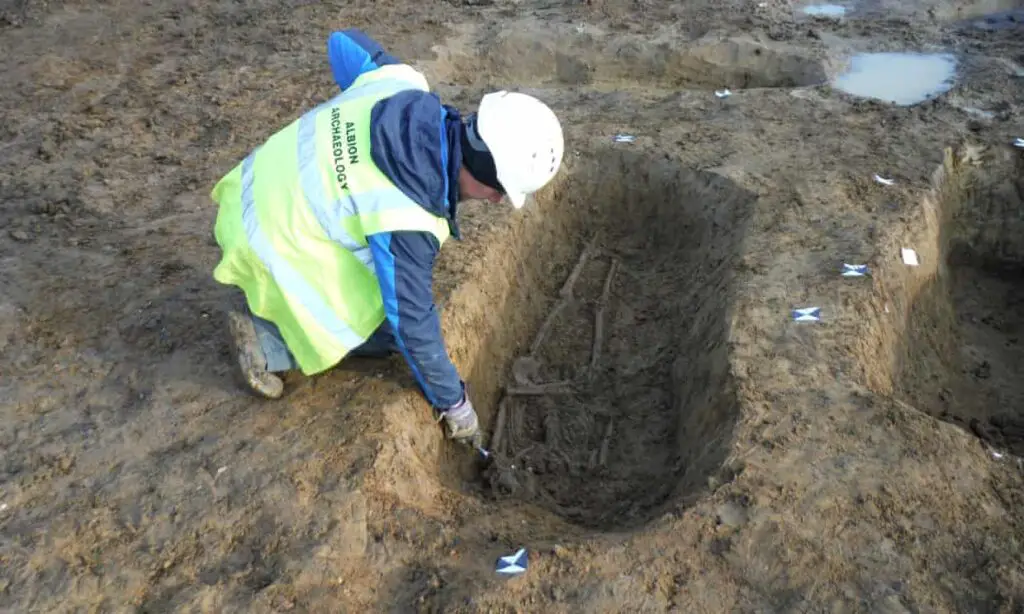
Slave
There is no way for archaeologists to learn what the man’s crime was. However, they have made a few educated guesses, so to speak.
He was likely a slave who committed either a serious crime, what we would call today a felony, like murder or rape. Those criminals were often crucified.
Or he may have done something minor, but officials chose to make an example of him to the larger community.
In those times, if slaves committed an infraction against a slave owner, it was permitted that all the slaves – including children and women – would be put to death along with the criminal.
Terrible Way to Die
There may have been no greater deterrent to crime than that; one misstep could mean that an entire family, or a whole community, was crucified for one individual’s crime.
Not all victims of crucifixion were nailed to crosses or boards. Some were held in place by rope, tied to the limbs of trees. But no matter how the crucifixion was done, all those who died that way suffered the same protracted, terrible death.
Ultimately, historians say, they would die of exhaustion or asphyxiation but it sometimes took hours. The pain and trauma of a death like that is something we cannot even imagine today.
Curiously, after the death of the individual, officials and other onlookers kept the nails with which they’d been crucified.
If you like this article, then please follow us on Facebook and Instagram
Another Article From Us: Roman Stadium Buried for 2000 Years
These were thought to be magical in some sense, and were prized for those properties.
The people, however, were rarely given a second thought. It is a disquieting contradiction – humans were tortured to death, but the implements of those deaths were kept as souvenirs.

